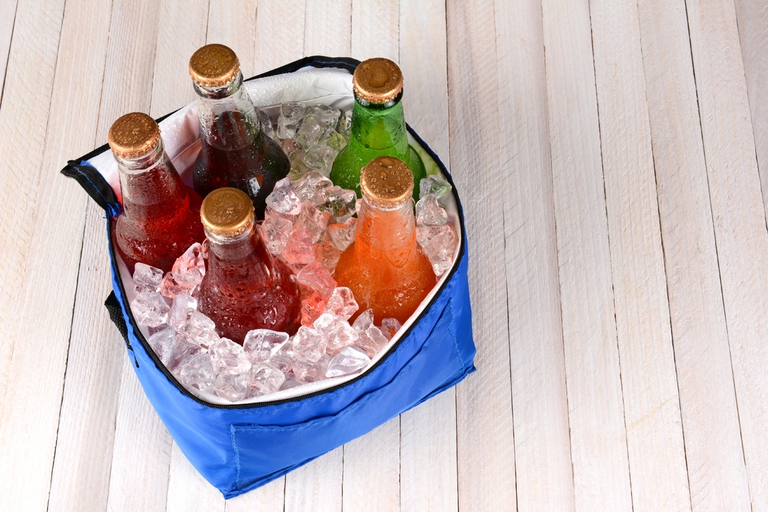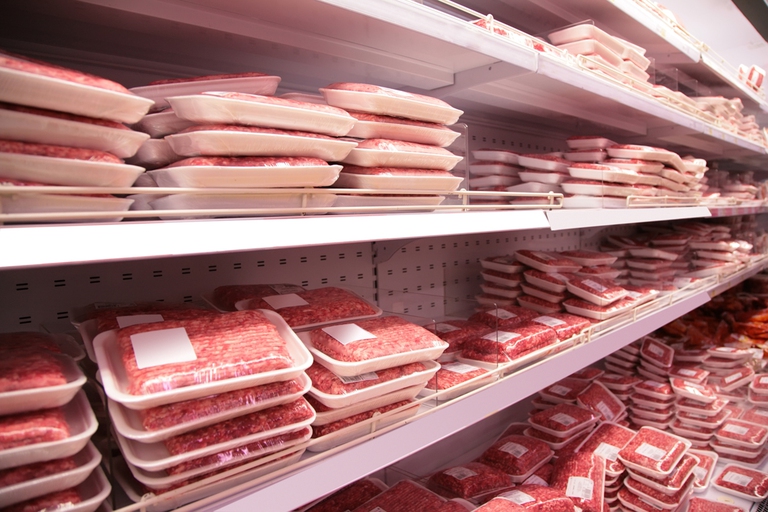
The Paris Climate Agreement requires us to move towards carbon neutrality, but what does reducing net greenhouse gas emissions to zero actually mean?
A combination of a carbon tax on food whose production generates large amounts of CO2 and a tax on sugary drinks could lead to health benefits for people and the environment.
Taxing the carbon footprint of food and combining this with a 20% sales tax on sugary drinks, could lead to health benefits, reduce greenhouse gas emissions and raise up to 3.6 billion pound revenue in the UK. That’s what a study conducted by the University of Oxford and published in the BMC PublicHealth journal says.
“Some studies have found that diets low in greenhouse gases are also better for health, mainly arising from people eating less meat and more plants. However, some foods buck this trend, for example sugar is low in greenhouse gas emissions yet bad for health”, researchers explained.
Researchers supposed to levy a carbon tax of 2.86 pounds per tonne of CO2 on those foods that generate a larger amount of greenhouse gas emissions than average in their food group. The tax revenues so collected could become subsidies for low carbon foods such as fruit, vegetables and pulses. The combination of the two taxes would cut the UK’s emissions by 18.9 million tonnes per year, delaying or averting more than 1,200 deaths. Under the reaserchers’ scenario, a levy on 100 g of beef would raise its price by 1.79 pounds, while a levy on the same weight of eggs would increase their price by 0.03 pounds.
Experts predict that beef and lamb consumption would decrease, while pork and poultry consumption would increase. The consumption of different types of fat and intake of more vegetable fibres every day would improve heart’s health and reduce the odds of cancer in consumers.
The study finally highlighted that a change in food habits together with the introduction of taxes could help the United Kingdom to meet its goal of cutting CO2 emissions by 80% by 2050.
Siamo anche su WhatsApp. Segui il canale ufficiale LifeGate per restare aggiornata, aggiornato sulle ultime notizie e sulle nostre attività.
![]()
Quest'opera è distribuita con Licenza Creative Commons Attribuzione - Non commerciale - Non opere derivate 4.0 Internazionale.
The Paris Climate Agreement requires us to move towards carbon neutrality, but what does reducing net greenhouse gas emissions to zero actually mean?
Factory farming conditions and antibiotic-resistant pathogens emerging as a result of them pose an existential threat to humans in the form of zoonotic diseases. Why it’s time to produce and consume food more thoughtfully.
The world of cinema recognises the link between food choices and the climate crisis by offering vegan menus for awards season events, including at the most important of them all: the Oscars.
Let’s look at the reasons behind the growth of veganism in India, as a small yet vocal section of the population turns towards this diet and lifestyle in the largest milk producing country in the world.
by Jeffrey Y. Campbell, Manager of the Forest and Farm Facility at FAO In the Ecuadorian Amazon, Kichwa farmers grow dozens of products on tiny parcels of land. Their lands hum with biodiversity, yielding nutritious foods that have sustained families for generations. Wandering among fruit and nut trees and crops, these indigenous agroforesters fill their baskets
Mint has many health benefits, but in food it’s often accompanied by artificial green colourings. Instead, Galatea has created a green mint ice cream in a completely natural way.
We’re talking about Galatea, a company that produces semi-finished products for artisanal ice creams using high quality ingredients, natural colouring, excluding thickeners and hydrogenated fats, respecting the environment and supporting the less fortunate.
The mad rush to fake food, like fake meat made with genetically-modified soy, ignores the importance of the diversity of our foods and culinary cultures. It’s a recipe to accelerate the destruction of the Planet and our health.
Like with all foods, the quality of an ice cream can be discerned by reading its label. An expert explains how to do this, and tells us how their company steers clear of chemicals, using only natural ingredients to produce an excellent and “free” ice cream.









